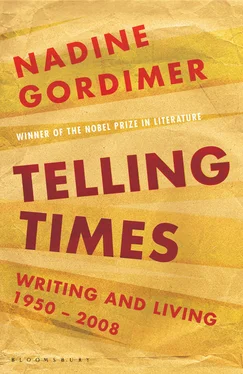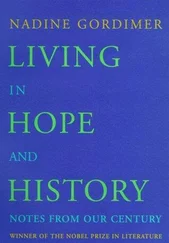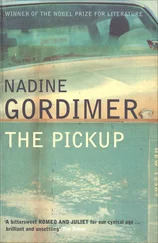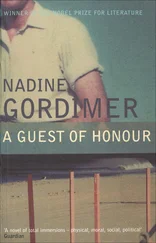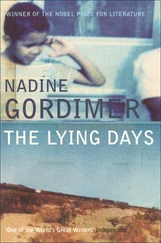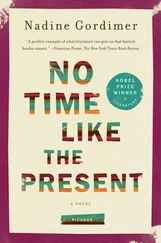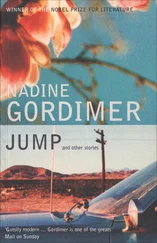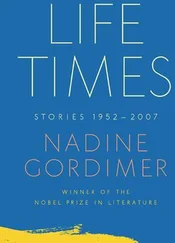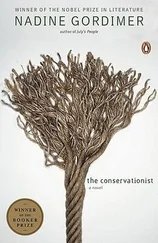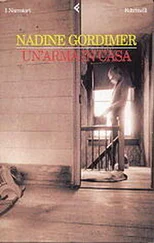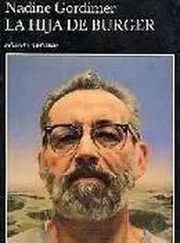Where does moral downfall begin in our lives? What is trivial in the distortion of human values? Tolstoy, the self-accusatory moralist who was excommunicated by the Russian Orthodox Church for rejection of what he declared distortion of Christ’s original teachings, has the genius of dramatising, through his individual characters in apparently trivial actions, how we become what we are. Ivan Ilyich’s slow death begins soon in the splendid new house, and in his struggle to fulfil the duties of the five-thousand-plus-fringe-benefits post, while suffering an illness which doctors quarrel over attempting to diagnose. It is a new source of shrill reproaches from his wife: illness is his fault, as everything that affects her adversely always is. The only individual who waits upon the suffering man and does not resent his infirmity as deliberately spoiling a pleasant personal life is that servant Gerasim whom we overheard saying of death in the opening pages of the story, ‘It’ll be the same for all of us.’ Yes — the creative mastery of Tolstoy, in which every detail has significance, nothing occurs just to be forgotten, brings this man back into the story. He empties the bedpan without revulsion and it is he who quite naturally takes the burden of Ilyich’s legs up on his strong shoulders to ease pain. Of course, Tolstoy is glorifying the human values he saw in the peasants who had been — and despite the abolition of serfdom still were — despised by the privileged class who betrayed these values flamboyantly, destructive of humanity both in themselves and towards others. Isn’t the peasant behaving as the powerless vassal subservient to a master? Yet the passages in which Ilyich and Gerasim are alone together are so moving that they seem, and perhaps intentionally are, an underlying theme in the overall disillusion of this book; it is possible that people could become truly human in their relations to one another, despite the contrary evidence of history, of race, economic and social class, the material accoutrements of division that have been allowed by Ivan Ilyich to determine his life. Whether it is so or not, he believes his terminal illness was caused by his forgotten mishap when he fell trying to adjust the drape of a curtain — a symbol of privilege gained and stolen by injustice: the private ownership of vast lands, the indiscriminate exile to Siberia of the desperately poor turned to petty crime, and the blessing of the church over all this.
The story is usually regarded as an amazing narrative of the experience of dying, a search for the meaning of death. It is all that, and more: it’s a great questioning of what is and what ought to be, in a human life.
What did Ivan Ilyich die of?
He was fatally sickened by his times.
2005
Going back to my shelf of Susan Sontag books it’s as if, although I’ve known them so well, it has taken her death to make me realise the extraordinary range of her achievement. Seven volumes of essays, six novels, two film scripts, several plays, all the outstanding insight, great searching intelligence and imaginative power.
Of her fiction she said: ‘To tell a story is to say: this is the important story. It is to reduce the spread and simultaneity of everything to something linear, a path.’ To her non-fiction writing and her personal philosophy one had best apply her own words rather than attempt a lame summing up. She said: ‘To be a moral human being is to be obliged to pay certain kinds of attention.’
Hers was the unsparing attention of a brilliant mind interpreting in the many modes she commanded, our times, our world. It was a scrutiny, an empathy unmatched. Sontag was one of a handful of universal intellectuals who represent and create contemporary thought at the highest essential level. Sontag matters; through her writings she will continue to matter in our era of conflict and bewildering ambiguity of values from which she did not flinch but took on responsibilities with her talents as an artist and her qualities as a human being.
Sontag was never satisfied with what she had achieved if changing circumstances meant that she must return with a further perspective to the implications of the accomplished work. Her 1973 book, On Photography , is a classic on the claims of photography as an art and, in history, the most influential interchange between reality and the image. She was not content to leave it at that. Her experiences in Vietnam, and more recently in Sarajevo, where she produced a play to keep alive the defiant survival of the spirit under bombardment, returned her to the extremes of the significance of turning the camera on human experience. In 2003, her most recent work daringly and controversially returned her to the role of photography and its ultimate viewers in Regarding the Pain of Others .
An accusation? To herself and the rest of us? ‘Non-stop imagery (television, streaming videos, movies) is our surround, but when it comes to remembering, the photograph has the deeper bite … Images of the sufferings endured are so widely disseminated now that it is easy to forget how recently such images became what is expected from photographers.’ This short book, written as if with one deep breath taken, questions whether in any claim to be moral human beings we are paying ‘certain kinds of moral attention’ to our reception of horrifying images.
Sontag never turned her strong, beautiful face from any aspect of human life. Her gaze did not spare herself. In 1978, after cancer, she wrote Illness As Metaphor . Her subject was not physical illness itself but stigma and socio-religious metaphors representing the condition as punishment for misdemeanour of some kind. In 1989, with consciousness that Aids as an epidemic with primary sexual associations had become a new metaphor, she needed the alertness of profound thought to add to the earlier book. Beginning Aids and its Metaphors , she says: ‘Metaphor, Aristotle wrote, consists in giving the things a name that belongs to something else … Of course, all thinking is interpretation. But that does not mean it isn’t something correct to be against interpretation.’ To use the metaphor ‘plague’ for Aids is to stigmatise its sufferers with the image of the untouchable, as for victims of the medieval bubonic plague. She makes me aware that I myself am guilty of this … Isn’t it the special quality of a marvellously original mind to shake up one’s thinking? To personify illness as a curse is, in a sense, primitive, when the reality is nurturing the spirit of people to resist disease physically while under treatment, and for medical science to find the cure. That is her thesis. She was to meet her own death by illness, with fighting courage.
I had the immense good luck to be Sontag’s friend. In her exhilarating presence you came alive with new zest. Along with formidable intellectual drive, her familiarity with many cultures, the arts and politics, she was a warm and loving person, quick with a witty riposte to stupidity but sensitive to the feeling of others. She certainly would challenge me now: and what about my novels? She often felt she had been drawn away, by her own convictions of how life should be taken on, from her vocation of the imagination: fiction. She wrote, ‘Many things in my world have not been named … even if they have been named, have never been described.’
The last day I talked to her, on the telephone to her bed in hospital, she told me two things most important to her. If she recovered once again from cancer she had beaten twice before, she wanted to come back to South Africa, the people and the landscapes with which she had immediately bonded in 2004. That her time with us was to be her last of many ventures to understand and interpret the world so meaningfully is something for us to be glad of.
Читать дальше
